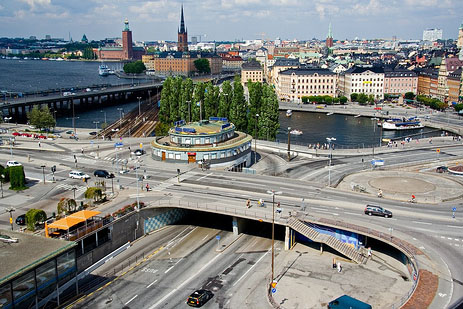Stockholm: Congestion Charging is Likely to Continue

Last month residents of Stockholm, Sweden voted in a citywide referendum to continue that city’s experiment with congestion charging. By charging motorists a fee to drive into the city center, congestion charging had successfully reduced the amount of time Stockholm motorists spent waiting in traffic by 30 to 50 percent while significantly reducing air pollution and providing a number of other benefits as well. The vote represented a remarkable flip-flop in public opinion. Only months before, residents of Stockholm were firmly opposed to congestion charging. That changed once they experienced the results. There was, however, just one hitch: While the voter referendum approved congestion charging, the left-leaning political parties that had supported the system were voted out of office in the very same election.
The voter referendum on congestion charging was not legally binding. It was only advisory and it was not known whether the new government would continue the program. Now a Swedish newspaper is reporting that the newly elected Swedish government will keep the congestion charging system going with a compromise: More of the revenue that the system generates must be put towards road improvements in the Stockholm’s outer rings.
"Now that the streets of the city and the roads leading in to the city have begun to clog up again since the congestion charge was removed, it is very clear that this is an effective tool and it would be foolish not to use it", write the three Centre Party MPs in today’s Dagens Nyheter.
Parliament member Lennart Hedquist suggests that it may be possible to reach a compromise. "I am not in favour of the tax as it is now. But the compromise could be that the tax will be used for infrastructural development in the areas around Stockholm", he told The Local.
One possible lesson for New York City seems clear: Any congestion charging system that is developed for Manhattan needs to provide direct and tangible benefits to the outer boroughs.
Photo: Snerz on Flickr